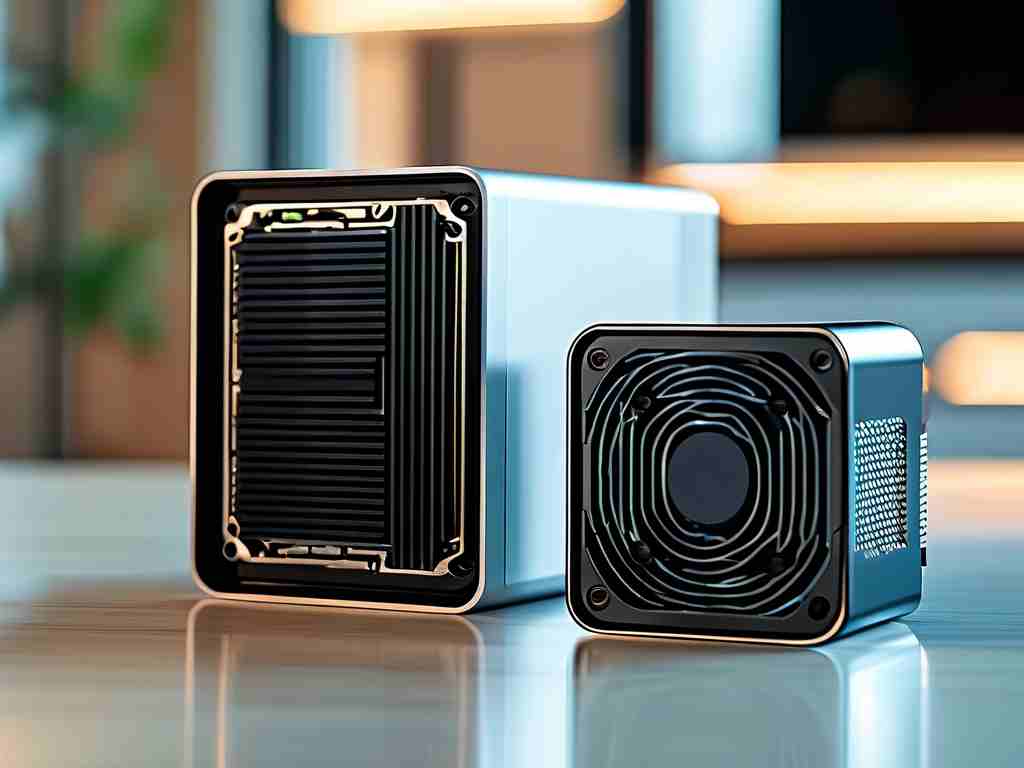Selecting the right CPU for embedded development is critical to balancing performance, power efficiency, and cost in IoT and edge computing projects. This article explores five processors tailored for modern embedded systems, highlighting their architectures, use cases, and practical implementation insights.

ARM Cortex-M4: Real-Time Processing Powerhouse
The Cortex-M4 core remains a staple for real-time applications requiring digital signal processing (DSP) capabilities. With clock speeds up to 240 MHz and integrated FPU support, it excels in motor control and audio processing. Developers appreciate its deterministic interrupt handling, crucial for industrial automation systems.
// Sample code for GPIO configuration on STM32F4 (Cortex-M4)
#include "stm32f4xx.h"
void GPIO_Init() {
RCC->AHB1ENR |= RCC_AHB1ENR_GPIODEN; // Enable GPIOD clock
GPIOD->MODER |= GPIO_MODER_MODER12_0; // Set PD12 as output
GPIOD->ODR |= GPIO_ODR_OD12; // Toggle LED
}
RISC-V: Open-Source Flexibility
RISC-V-based chips like the GD32VF103 offer customizable instruction sets for specialized workloads. SiFive’s E21 core demonstrates how open-source architectures enable power optimization down to 20μA/MHz, ideal for battery-powered environmental sensors. The ecosystem’s growth supports RTOS integration through Zephyr and FreeRTOS.
ESP32-C6: Dual-Core Wireless Convergence
Espressif’s latest iteration combines Wi-Fi 6 and Bluetooth 5.3 with two 32-bit RISC cores. Its unique "low-power coprocessor" handles background wireless tasks while maintaining 8μA sleep current, making it perfect for smart home hubs requiring constant cloud connectivity.
NXP i.MX RT1170: Hybrid Edge Computing
This crossover MCU/MPU features both Cortex-M7 (1 GHz) and Cortex-M4 cores, bridging embedded control and Linux-capable processing. Automotive-grade variants support -40°C to 125°C operation, enabling unified architectures for telematics and in-vehicle infotainment systems.
Renesas RA6M4: Security-First Design
With TrustZone hardware isolation and cryptographic accelerators, the RA6M4 targets medical devices and payment terminals. Its 200 MHz Cortex-M33 core executes secure boot processes while maintaining 2.3 CoreMark/MHz efficiency for data-intensive tasks.
Implementation Considerations
When prototyping, evaluate vendor toolchains like STM32CubeIDE or ESP-IDF for debugging features. Power profiling tools such as Joulescope help optimize energy consumption patterns. For mass production, verify chip availability and alternative pin-compatible options to mitigate supply chain risks.
Future Trends
Emerging architectures integrate AI accelerators for on-device ML inference – the Microchip SAML11 now includes neural network co-processors. Chiplets and 3D packaging will enable modular embedded designs, while RISC-V’s expanding ISA extensions promise domain-specific optimization.
Developers must weigh computational requirements against thermal constraints and certification needs. Benchmarks like EEMBC’s CoreMark provide comparative metrics, but real-world testing under expected workloads remains irreplaceable. As edge computing evolves, selecting adaptable architectures with scalable peripherals and memory becomes paramount for sustainable embedded solutions.

